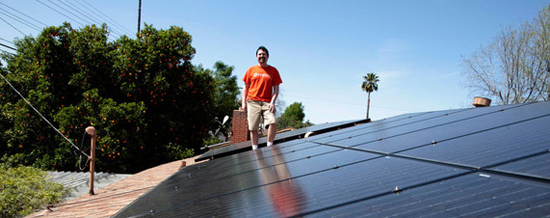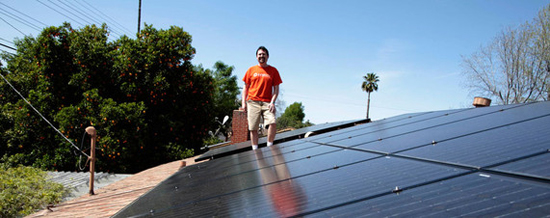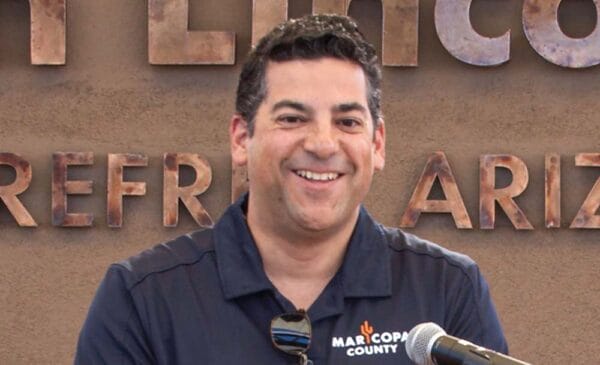
Figuring out whether you save money depends on a lot of factors — especially where you live.
By Yuliya Chernova
The Wall Street Journal
The big question for any homeowner considering installing solar power is a simple one: How quickly will the system pay for itself?
That doesn’t just mean how sunny it is, though weather obviously matters. Just as important are subsidies, such as tax credits and rebates, which differ from state to state and between cities. Another big local factor: how much you currently pay for electricity—because it determines what you can expect to save each month once you start producing your own power.
We asked Clean Power Research, a research outfit in Seattle that has designed numerous online solar calculators, to run through scenarios in five U.S. cities to show how return on investment in a home solar-energy project can differ depending on location. We chose New York City, Denver, Los Angeles, Minneapolis and Portland, Ore.
Each scenario shared certain features as a common starting point to make the comparisons as fair as possible.
Each location was assumed to be using roughly the same size unit, placed on a south-facing roof, tilted at 30 degrees. Each hypothetical home was assumed to use 11,500 kilowatt-hours of electricity per year, the average in the U.S., according to the Energy Information Administration’s 2010 data. It was also assumed that the systems were being purchased with cash and that each homeowner’s system starts operating on Jan. 1.
While Clean Power Research cautioned that tax situations and effects of credits will differ from person to person, it assumed that the homeowner in each example was filing taxes as a single person and had annual income of $140,000.












